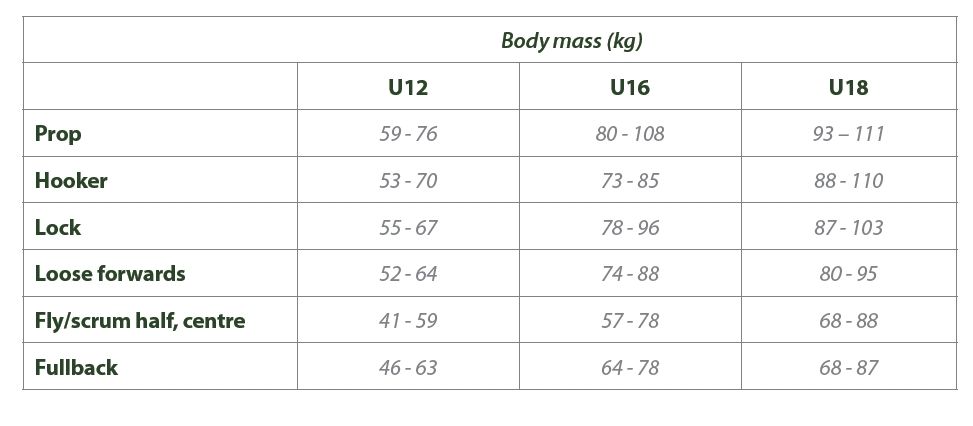Technically they have died because of a head injury - not a concussion. One off the top of my head this year.
Sorry being pedantic.
lol Don't think a autopsy will say head injury. It will state the brain trauma. But then again its classed as a mild injury to the brain.
Why all of a sudden have all the concussion worry started flaring up? I mean it sums up pretty much how stupid the IRB or whoever is in charge of the laws can be. If one look around at contact sports one can easily find data which one can use before you decide to change the rules and try to get the ball in play time up and up.
I mean seriously what did they expect. Massive 100kg monsters wrestling with each other. Next time you see some of those technicolor films from the rugby's past, take a few seconds and check the size of the players. The men and the protective gear were much smaller than they are today. Players are also faster, and so are the fields on which they play. Anyone who’s studied rudimentary physics can do the equations and figure out what all this means.
It means that when a player gets hit by an onrushing tackler in the year 2013, the players is getting hit a lot harder, and his skull is going to sustain much more damage. Combined with the fact that money is so much greater today—and that every proffesional rugby player knows that putting a star player or one of the key players in a team out of business is the quickest way to take a team out of a World Cup or whatever tournament hunt—and the incentive to give a concussion is multiplied exponentially.
It accidentally happened twice in the World Cup and it accidentally happened to key players getting knocked senseless. Then add the IRB changing laws which now means double the rucks, double the contact. People seem to forget although kicking is not everyones favorite it also give the players a break from the hits and they can take a breather.
IRB have messed with the laws time and time again and most of the times it had the opposite effect on the game. Look at the game now? Less and less tries being scored from within the teams own half. THe ball is slow so teams can just fan out and its wall after wall that you need to get thru. Teams are now using size mismatches to break the lines like a power center running over a 10.
During childhood and adolescence, much more bone tissue is deposited than broken down, so the skeleton grows in size and strength. During early adulthood, breakdown slowly begins to exceed deposits. As a person ages, bone tissue is depleted, and bones are weakened and increasingly susceptible to breaks.
I can tell you now that if someone compile lists of the career span of rugby players over the years they are heading to the NFL standards which is about 4 years then your injury prone and have to retire.

